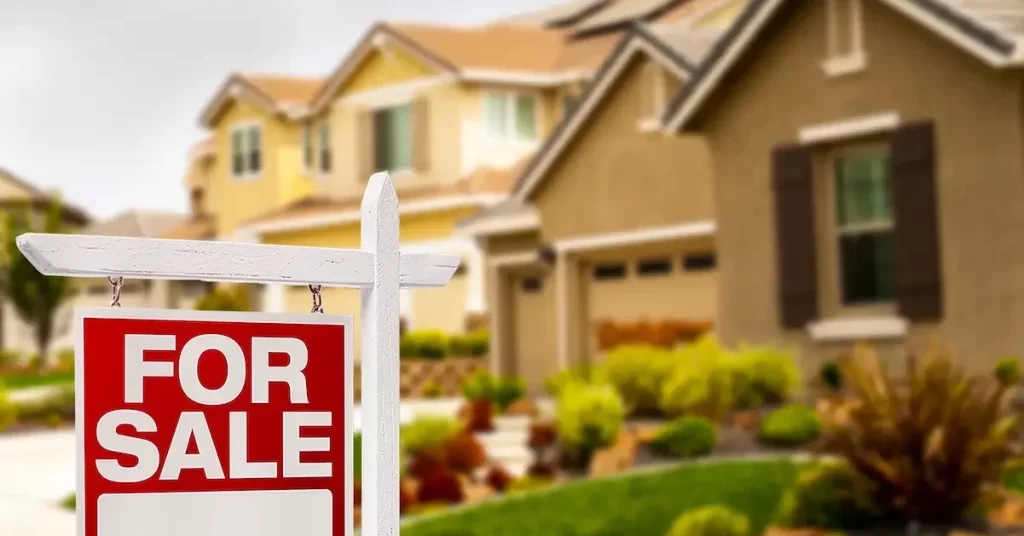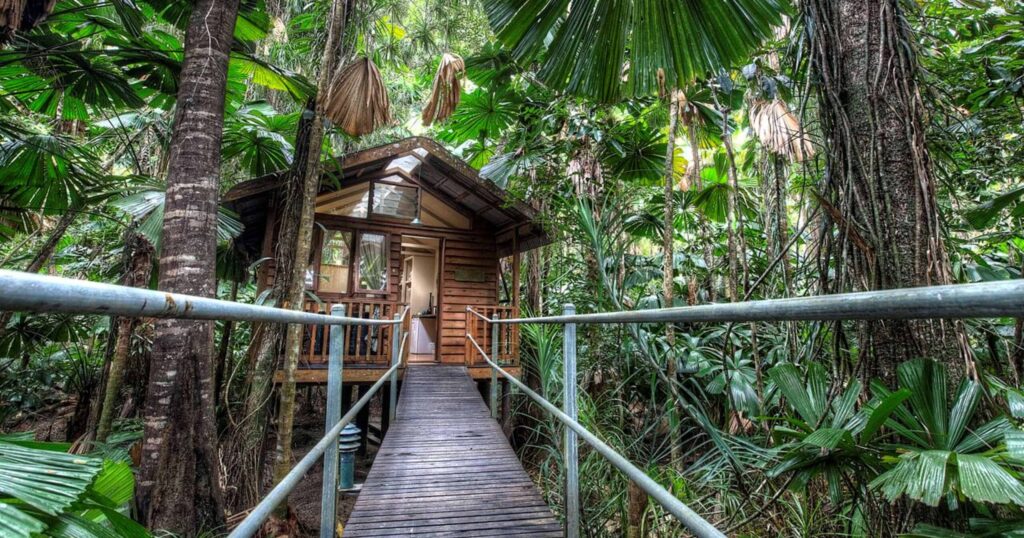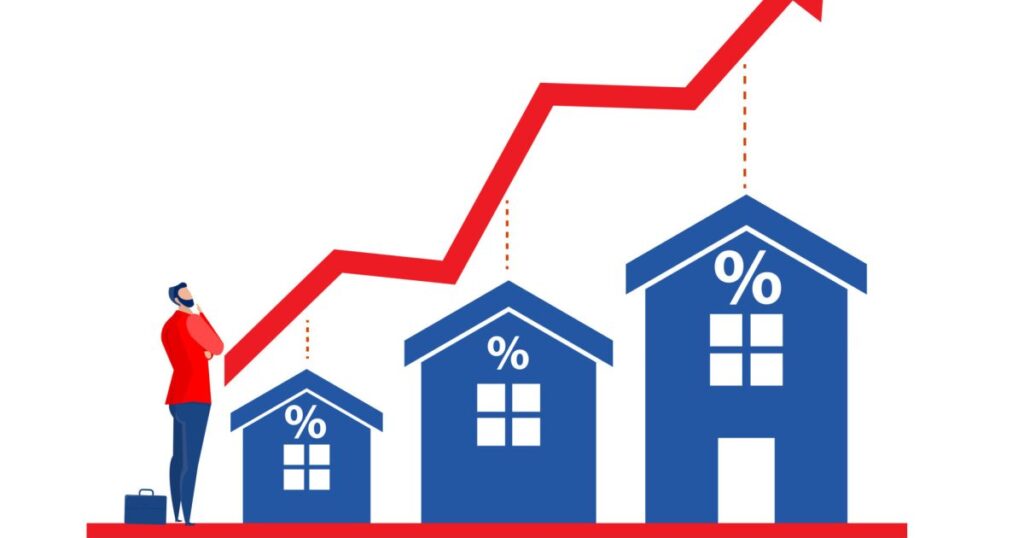Green Homes: Why Sustainable Living is the Future of Real Estate
As the global focus shifts toward environmental responsibility, sustainable living has become more than just a trend—it’s the future of real estate. Green homes, which are designed to reduce energy consumption, minimize environmental impact, and promote healthier living, are gaining popularity among homeowners, developers, and investors alike. The reasons are clear: they offer long-term financial savings, improve health and well-being, and contribute to global efforts to combat climate change.

The Rise of Green Homes
The growing interest in green homes is driven by several key factors:
- Environmental Concerns: With climate change becoming a pressing global issue, consumers and governments alike are looking for ways to reduce carbon footprints. Buildings account for nearly 40% of global energy-related carbon emissions, according to the International Energy Agency (IEA). As a result, the real estate sector is under increasing pressure to adopt sustainable practices.
- Government Incentives: Many countries and local governments offer financial incentives for green building projects, such as tax rebates, grants, and reduced permit fees. These programs encourage the development of energy-efficient homes and contribute to making sustainable living more affordable.
- Consumer Demand: Today’s buyers, especially millennials and Gen Z, are more eco-conscious and prioritize sustainability. A National Association of Realtors survey found that nearly 60% of buyers consider energy efficiency to be an important factor when purchasing a home. This shift in consumer preferences has made green homes highly desirable in the current market.
Key Features of Green Homes
Green homes are characterized by a range of environmentally friendly features designed to reduce their ecological impact. Some of the most common features include:
- Energy Efficiency: Energy-efficient appliances, lighting, and HVAC systems are essential components of green homes. Solar panels, which harness renewable energy from the sun, are becoming a popular addition as they allow homeowners to significantly reduce their reliance on fossil fuels.
- Water Conservation: Low-flow fixtures, rainwater harvesting systems, and drought-resistant landscaping help reduce water consumption. In regions facing water shortages, these systems can make a substantial difference in preserving this vital resource.
- Sustainable Materials: Green homes often use materials that are renewable, recycled, or sustainably sourced. These can include bamboo flooring, reclaimed wood, and eco-friendly insulation materials like recycled denim.
- Indoor Air Quality: Poor indoor air quality can lead to respiratory issues and other health problems. Green homes often feature improved ventilation systems and use low-VOC (volatile organic compounds) paints and finishes to promote healthier indoor environments.
- Smart Technology Integration: Smart home technology enhances sustainability by allowing homeowners to monitor and manage energy consumption more efficiently. Smart thermostats, lighting systems, and water heaters can optimize energy use and reduce waste.

The Financial Benefits of Green Homes
While green homes may have higher upfront costs due to advanced technology and eco-friendly materials, they offer significant financial benefits over time:
- Lower Energy Bills: Energy-efficient appliances, solar panels, and better insulation reduce energy consumption, leading to lower utility bills. Over time, these savings can offset the initial investment in green technologies.
- Increased Property Value: As demand for green homes grows, so does their market value. According to studies by the U.S. Department of Energy, homes with solar panels sell for an average of 4% more than comparable homes without them.
- Eligibility for Green Mortgages: Some financial institutions offer “green mortgages” that provide lower interest rates or higher loan limits for homes that meet specific energy efficiency criteria. This can make green homes more affordable in the long term.

Health and Well-Being
In addition to their environmental and financial benefits, green homes contribute to better health and well-being for their occupants. Improved indoor air quality, natural lighting, and the use of non-toxic materials create a healthier living environment. Research from the Environmental Protection Agency (EPA) shows that indoor air quality is often worse than outdoor air, leading to health issues like asthma and allergies. Green homes are designed to mitigate these problems, providing a cleaner, more comfortable living space.
The Future of Green Real Estate
The real estate industry is increasingly recognizing the value of sustainability, and green homes are becoming a mainstream choice for homeowners. The future of green real estate will likely see the continued integration of cutting-edge technologies such as solar storage batteries, green roofs, and water-recycling systems.
Additionally, as governments strengthen regulations around carbon emissions, builders and developers will be under greater pressure to meet higher environmental standards. The introduction of energy efficiency benchmarks and stricter building codes is expected to drive the construction of even more sustainable homes.
Conclusion
Green homes represent the future of real estate, offering a wide range of benefits that appeal to both eco-conscious buyers and financially savvy investors. As the world continues to grapple with environmental challenges, sustainable living will become increasingly important, making green homes a smart investment for the future. With their combination of environmental responsibility, long-term cost savings, and health benefits, it’s no wonder that green homes are poised to dominate the housing market in the years to come.
By embracing sustainable building practices today, we can create a healthier, more resilient future for both homeowners and the planet.
